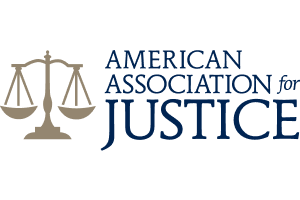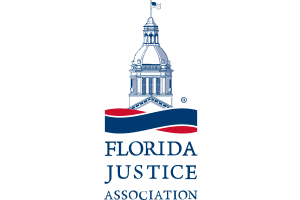Virginia Passenger Sues Carnival Cruise Line After Tripping on Unmarked Threshold Aboard Carnival Venezia
Cynthia Mihalcoe, a resident of Virginia, has filed a maritime personal injury lawsuit against Carnival Corporation in the Southern District of Florida. The lawsuit, filed under Case No. 1:25-cv-24948-FAM, alleges that Mihalcoe suffered serious injuries after tripping on an unmarked metal threshold on Deck 5 of the Carnival Venezia on September 28, 2024.
Cruise Passenger Alleges Hidden Tripping Hazard on Deck 5 of Carnival Venezia
According to the complaint, the incident occurred on the first full day of the cruise as Mihalcoe walked past the Amari bar and restaurant near the Hipfish store en route to the ladies’ restroom. The area was dimly lit, and Mihalcoe allegedly tripped over a silver metal fire screen door threshold that blended in with the floor tile. The threshold, which was elevated above the deck surface, was allegedly unmarked and lacked adequate visual cues, rendering it difficult to see under the lighting conditions. Mihalcoe fell forward, suffering a fractured left humerus, torn rotator cuff, and torn tendons in her upper arm.
Lawsuit Claims Carnival Failed to Maintain Safe Walking Conditions on Venezia
The lawsuit accuses Carnival of failing to maintain a safe walking environment for passengers in a high-traffic interior area. The complaint alleges that Carnival did not inspect or warn about the raised threshold, even though two passengers had tripped over the same threshold earlier that day. Crew members were allegedly overheard acknowledging the hazard after Mihalcoe’s fall. The threshold reportedly violated international maritime safety standards, including those established by the International Maritime Organization (IMO) under the SOLAS treaty, which require that escape routes be free of obstacles and maintained in a safe condition.
Carnival Accused of Designing and Approving Hazardous Thresholds Across Its Fleet
Mihalcoe further alleges that the dangerous condition was the result of negligent design and construction. The complaint claims Carnival designed, approved, and installed the raised threshold as part of its custom-built ship specifications, and that it failed to apply visual warnings or alternative materials that would alert passengers to the change in elevation. The hazard allegedly existed across other ships in the Carnival fleet, including the Carnival Firenze, Carnival Conquest, Carnival Freedom, Carnival Celebration, Carnival Vista, Carnival Breeze, and others. In many of these cases, passengers have reportedly tripped on similar thresholds in nearly identical circumstances.
The complaint includes photographic comparisons of thresholds on other Carnival vessels that feature highly visible warning stripes, suggesting Carnival had the capability and knowledge to reduce the hazard but failed to implement those features aboard the Venezia.
Complaint Alleges Failure to Warn of Tripping Hazard and Violation of Industry Safety Standards
In addition to negligence in design and maintenance, Mihalcoe accuses Carnival of failing to warn passengers of the dangerous condition. The complaint asserts that the tripping hazard was not open and obvious due to the lighting and blending color tones of the floor and threshold. No caution signs, cones, or warning markings were used to indicate the raised threshold. The lawsuit references industry safety standards from ASTM International, the U.S. Access Board, and other maritime authorities as being applicable and allegedly violated in this instance.
Mihalcoe Seeks Damages for Permanent Shoulder Injuries and Lost Wages
The plaintiff seeks damages for severe and permanent injuries, including a fractured arm and shoulder-related trauma that has allegedly resulted in disfigurement, pain, disability, and ongoing medical treatment. She also claims past and future lost wages, emotional distress, and a diminished quality of life. Mihalcoe argues that Carnival had actual and constructive notice of the hazard and failed to take appropriate steps to mitigate the risk or warn passengers, constituting breaches of its legal duty under maritime law.
Contact a Cruise Ship Threshold Trip and Fall Lawyer for Unsafe Walking Surface Claims
Passengers injured due to hidden or unmarked thresholds aboard cruise ships may be entitled to compensation under maritime law. Cruise lines such as Carnival are legally responsible for ensuring that walking surfaces—including interior decks—are free of tripping hazards and are reasonably safe for passengers. If you or someone you know was injured after tripping over a raised threshold or poorly marked floor transition aboard a cruise ship, contact an experienced maritime injury attorney to discuss your legal options.
Contact us today for a free consultation with a cruise ship injury lawyer.
Disclaimer: Our firm does not represent the plaintiff in this case and is not involved in the litigation. The information provided is a summary of allegations based on publicly available court filings. We make no representations about the truth of these allegations, are not commenting on the merits of the case, and are not predicting any outcome.











